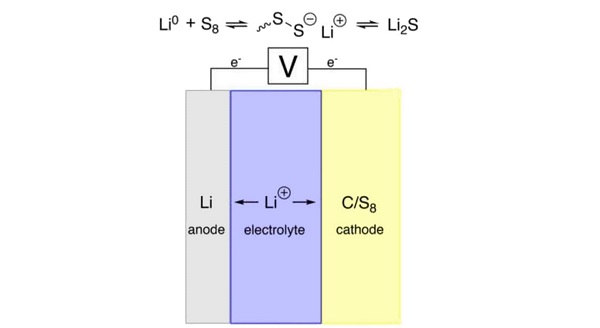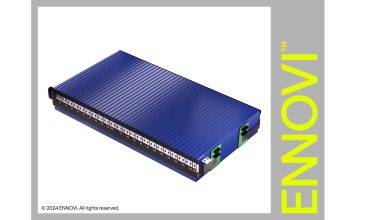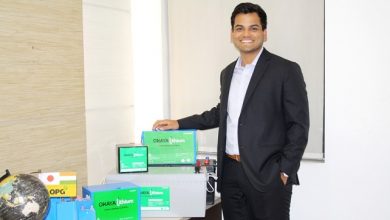IBM and Daimler Using Quantum Computing to Develop Li-S Battery

The battery capacity and rate of-charging is one of the main constraints for the adoption of Electric Vehicles. But a quantum computing breakthrough by researchers at IBM and Daimler AG could help tackle this challenge.
The researchers are using a quantum computer to model the dipole moment of three lithium-containing molecules, bringing one step closer the next-generation lithium sulfur (Li-S) batteries that would be more powerful, longer lasting and cheaper than today’s widely used lithium ion batteries.
The researchers have simulated the ground state energies and the dipole moments of the molecules that could form in lithium-sulfur batteries during operation: lithium hydride (LiH), hydrogen sulfide (H2S), lithium hydrogen sulfide (LiSH), and the desired product, lithium sulfide (Li2S). In addition, and for the first time ever on quantum hardware, they demonstrated that it is possible to calculate the dipole moment for LiH using 4 qubits on IBM Q Valencia, a premium-access 5-qubit quantum computer.
Researchers at Daimler hope that quantum computers will help them design next-generation lithium-sulfur batteries, because they have the potential to compute and precisely simulate their fundamental behavior. Programming qubits works by using unique properties of superposition and entanglement allowing the potential for researchers to evaluate a expectation parameters – in a much more efficient way than a standard computer ever could.
The hope is that in time quantum computers can greatly speed up the simulation process by precisely predicting the properties of a new molecule that can explain its behavior, such as reactivity.
Source: IBM Blog




